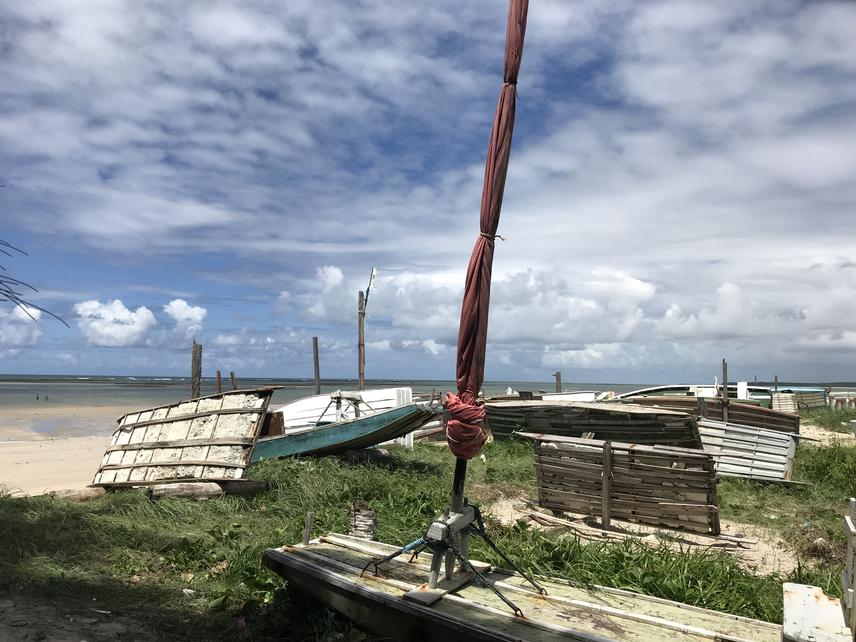Felipe de Moraes Carvalho
This project will assess the selectivity of fishing gears used on the North-eastern coast of Brazil. The goal is to identify gears that harm the ecosystem because they catch disproportionate amounts of non-target species and undersized individuals. The project will take place in an area where over 100 species are regularly harvested. This includes the iconic and endangered Atlantic goliath grouper (Epinephelus itajara), which is often caught as bycatch. By identifying “harmful” gears, this project will help reverse current degradation trends by providing recommendations of gear restrictions. The implementation of such recommendations will be discussed with local fishers and authorities.

Fisheries are a fundamental source of protein and employment in tropical regions — but they have been causing various declines in fish diversity and abundance. A major reason for this is that tropical fisheries employ a diversity of fishing gears to catch various species because of the great biodiversity possessed by these environments. As much as 15 or more fishing gears are used to harvest hundreds of species of fish and invertebrates in the fishing grounds in the tropics. This diversity of gears also harvests fishes of various ages and sizes, often resulting in significant removals of juveniles and discards (e.g. bycatch). This harvest of young fish compromises the capacity of their fish populations to reproduce and recover from fishing mortality. In Brazil, however, no study has evaluated the detrimental effects of multi-gear fishing activities, impeding the implementation of gear restrictions to protect fish stocks and associated environments.
In this project, I am studying the ecosystem impacts of fisheries in Brazil by evaluating the selectivity of fishing gears with respect to fish species composition and body sizes in the Protected Area “Coast of Corals” (APA Costa dos Corais) in the states of Pernambuco and Alagoas. A gear is more selective when it catches a low number of fish species of specific body sizes. It is usually desirable that fishing gears are highly selective, so they can catch larger fish individuals in order to avoid compromising the reproductive capacity of their fish populations. In this project, my data collection and analysis scheme will rank and classify gears according to their potential to cause detrimental impacts on the ecosystem. I will use the results of my analysis to conduct a participatory process with local fishers and key stakeholders (e.g. local fishers, governmental and non-governmental organizations) concerning fisheries management strategies in the area. I will present my results and provide fishers and stakeholders with recommendations for gear restrictions. This shall make a positive impact on protection of these environments and fisheries. Gear restrictions can be enforced much more effectively than other types of measures (e.g. site restrictions), as gear surveillance can be easily performed at fishing ports. Implementation of gear restrictions in the Coast of Corals would be expected to increase fisher’s profits as larger and more valuable fish are expected to increase in abundance. This would help reverse the current status of overexploitation of fisheries in Brazil.